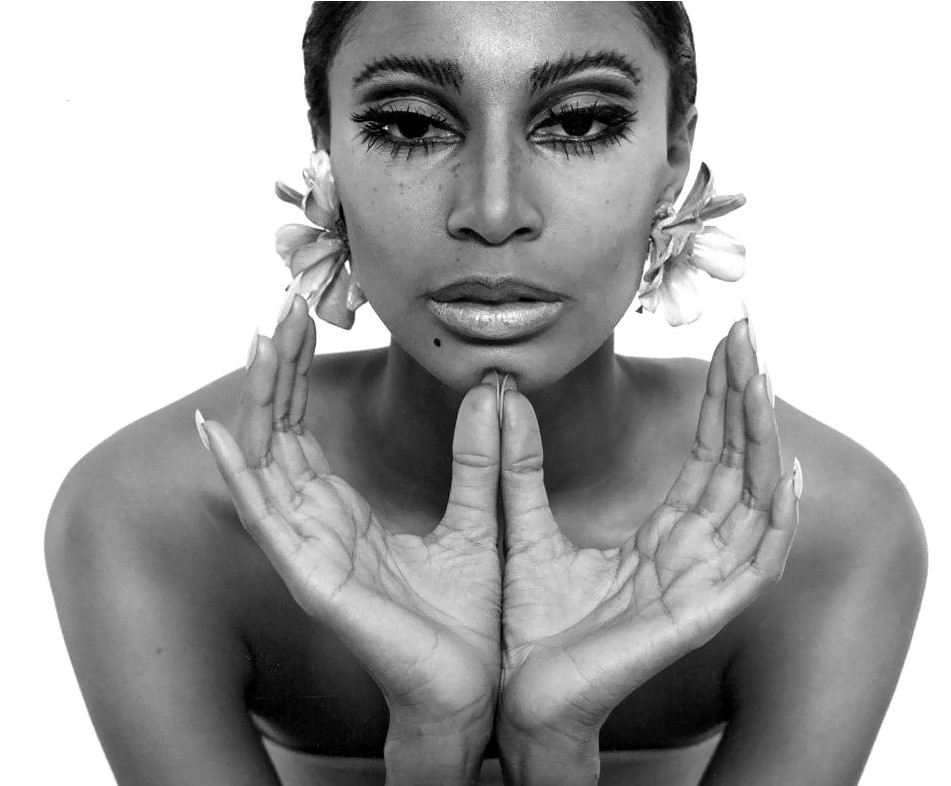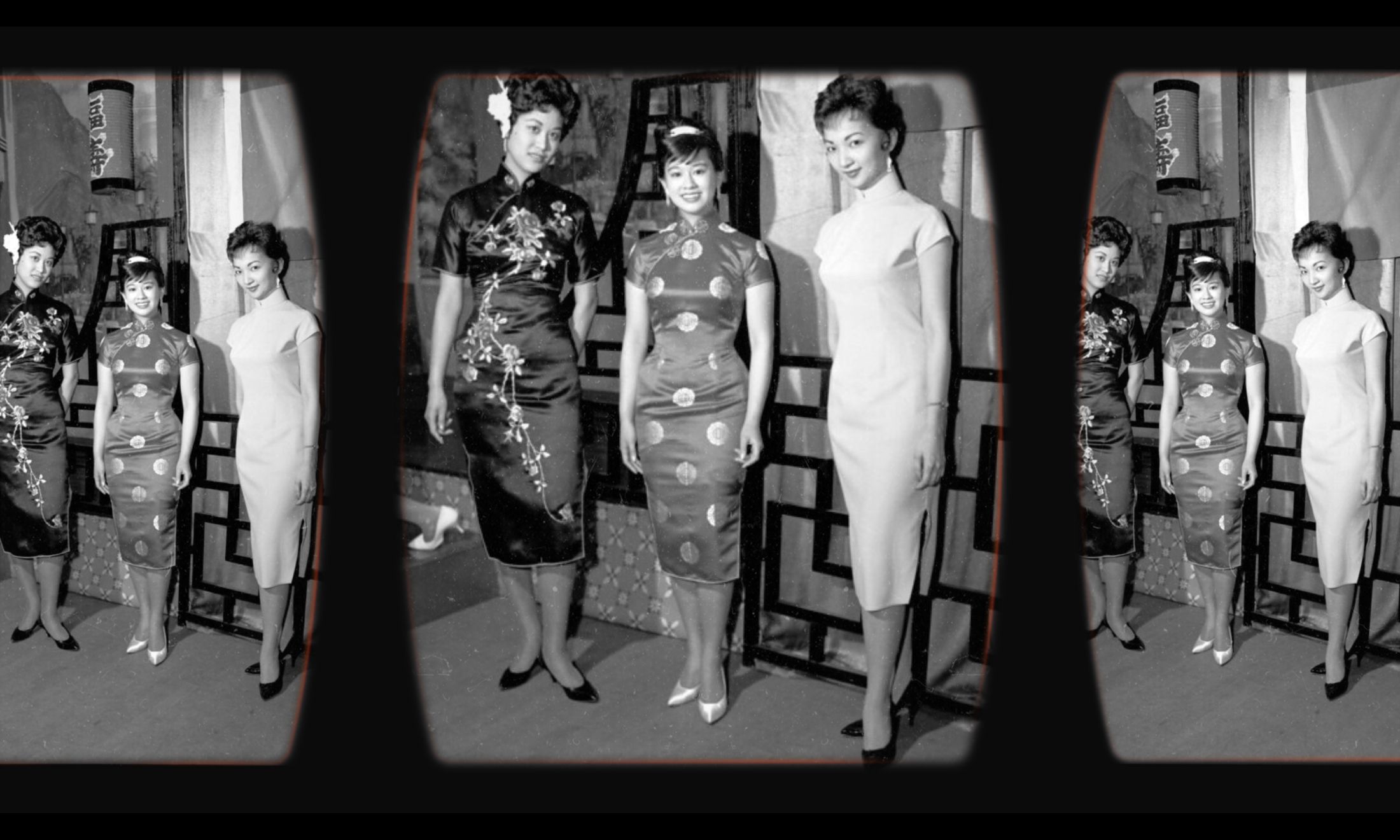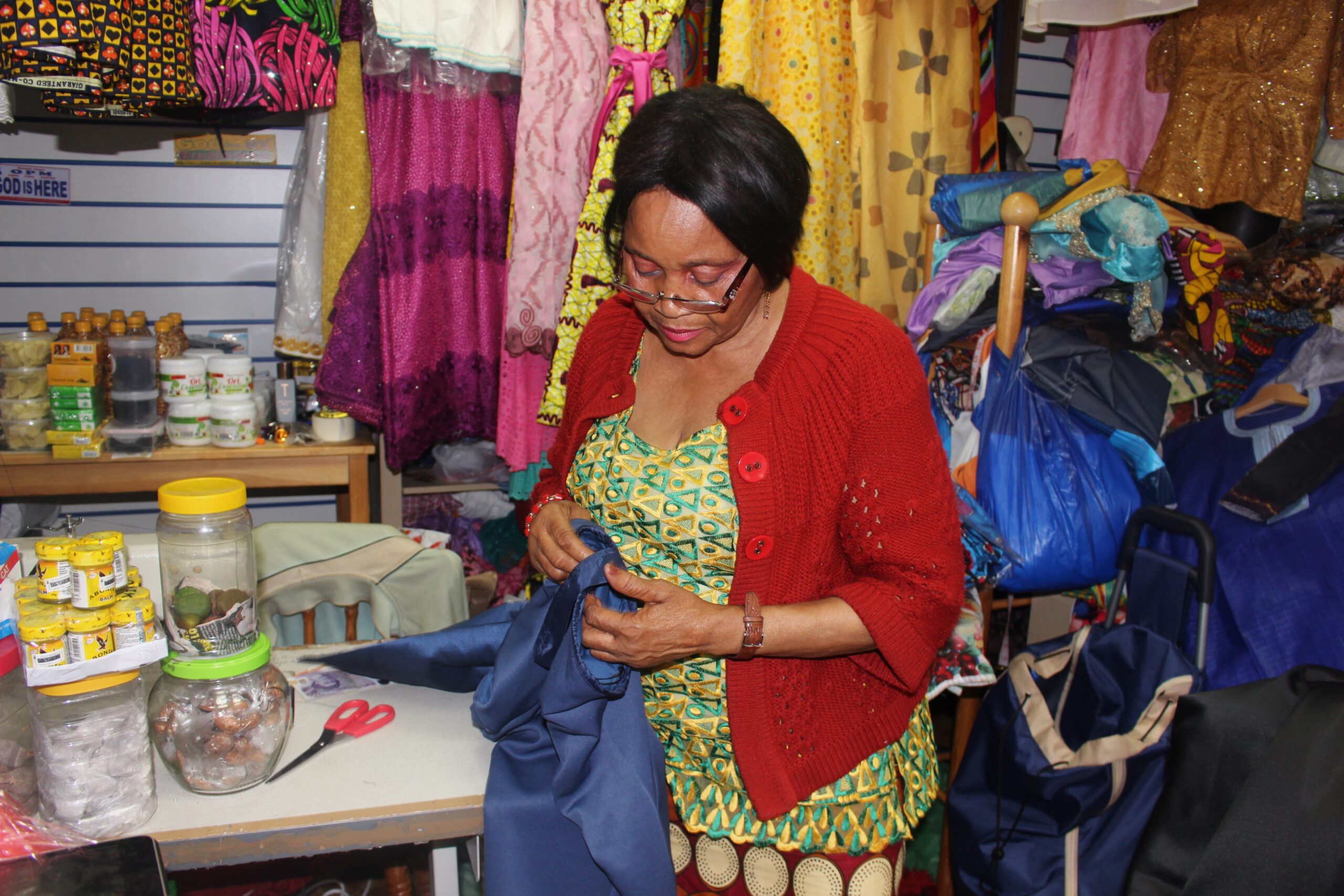
When it comes to fashion icons in the 1960s, Donyale Luna’s name would most definitely not pass through anyone’s lips. But, if one actually scrolled through this model’s portfolio, you’d soon realise that so much about her epitomised the 60s in every way possible. With her big beautiful eyes, long slender body, short-bobbed haircuts and big jewels, her style was always to be admired.
Today, Luna’s presence in the fashion industry would most likely make people scratch their heads, her name hardly ringing any bells, yet her existence in the modelling world during the 60s turned so many heads. Suddenly, everyone wanted to be associated with a black woman. She acted like she owned the place and, for a very short period, she pretty much did.

Discovered in her hometown of Detroit by photographer David McCabe in 1964, Luna began her glamorous, and at times destructive, career as the most enchanting black model of her time in New York. From there she found an interesting level of stability and acceptance, contrasting the tumultuous situations that were going on not only in her home life but also problems that were arising in America due to the Civil Rights Movement. Luna experienced unlikely recognition from an industry which was arguably going through their own Civil Rights Movement and, by 1965, Luna landed the role as the first black women to feature on the cover of Harper’s Bazaar along with an impressive six-page spread, with a ground-breaking Vogue cover to follow in March 1966.
 Image: January 1965, Harper’s Bazaar cover
Image: January 1965, Harper’s Bazaar cover
 Image: March 1966, Vogue cover shot by David Bailey
Image: March 1966, Vogue cover shot by David Bailey
Despite this questionable cover by Harper’s Bazaar, where Luna’s identity was more of a sketch and her race was extremely vague, Luna was at the top of her game. Luna lived a life that was the epitome of a model at the time of the 60s, where everything was absolutely about “sex, drugs and rock ‘n’ roll.” Although she would have condemned those that smoked weed, as a girl from Detroit, when she moved to New York, she was finding herself wrapped up in frequent relationships with rock stars and the drugs that came with them: from marijuana, LSD and, later, even heroin.
With her feline features, she grasped the likes of Mia Farrow, Salvador Dali, Michael Caine, Mick Jagger and Brian Jones from the Rolling Stones (whom she dated). She had been invited into a world that craved beauty like an addiction.
But that’s not to say that Luna didn’t have to face any challenges at all.
During her time with Harper’s Bazaar, the owner, William Randolph Hearst forbade Luna to pose for the publication again and several advertisers pulled out due to the magazine’s relationship with a black model. Luna’s career still highlighted the racial tensions (as this was only the beginning of any kind of racial ‘acceptance’ within the modelling industry) but none of this seemed to faze Luna, be it other people’s racism towards her or her own. Her attitude was neither negative nor positive in regards to race. Luna was a mixed-race woman; her heritage consisted of Mexican, Irish, and Afro-Egyptian ancestry. Luna’s ex-husband, Luigi Caazaniga, acknowledged that “Luna felt like an outsider from both her black and white community”. Luna even stated that “the Civil Rights Movement has my greatest support but I don’t want to get involved racially”.
Luna arrived in New York at the age of 18 and travelled through Europe all through her twenties. The strength to move and be accepted as far away from her hometown was evidently rather strong. As her father was an alcoholic who abused her mother, Luna’s domestic life was extremely strained but, with modelling, she finally found an environment where women were adored for their beauty rather than shunned.
 Image: Keystone/Getty Images
Image: Keystone/Getty Images
Luna never had the chance to have a long career. She passed away in 1979 from an accidental overdose in her new home of Italy. Even during her ground-breaking career, Luna probably never realised or maybe even cared to understand just how unique her position in the modelling and fashion industry really was. Her modelling career was one women who aspired to be a model – especially those of colour – could only dream of. A woman never made the ability to touch one’s face look so unbelievably sexy and sultry as this lady did, and her poses have most likely influenced many women that came after her, more than we even realise.









